11 Jan 2007
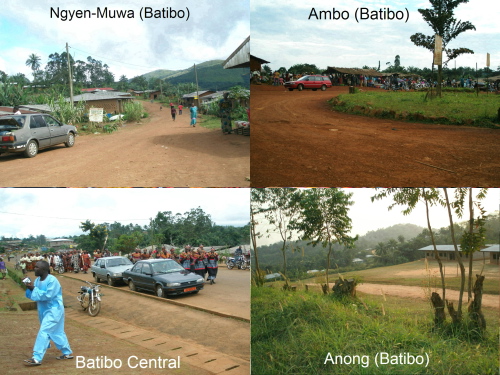
The Batibo Rural Council is one of Cameroon’s grassroot administrative units located about 40 kilometres from the NorthWest Provincial capital of Bamenda. The Moghamo-speaking people numbering about 80,000 occupy this area that is situated between the Savannah and the rain forest area of Cameroon.
In the Moghamo calendar, there are eight days in a week.
The day in Batibo usually starts early. Before the arrival of clocks, both domestic and wild birds regulated time. Between 5 and 6 a.m, villagers get out of bed and either prepare children for school or head for the farm. Crop cultivation for subsistence is the principal occupation of people of this area though there are pockets of pastoral farmers.
It is mostly the women that are involved in the production of such foodstuff as cocoyams, cassava, yams, beans, maize, groundnuts, sweet potatoes, carrots, tomatoes and vegetables.
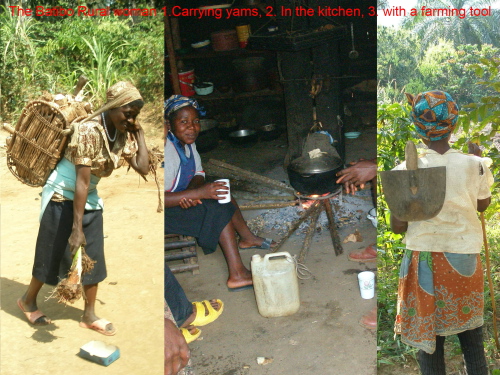
Prior to planting, the land is cleared of bush with cutlasses and the soil is tilled with hoes. The farmers depend on the natural cycle of the season to cultivate their crops. Usually, planting is done in March (at the beginning of the rainy season).
If there is a bountiful harvest, the excess food is sold in weekly markets like the Guzang market. In this market, other works of craft and general merchandise are sold. To the people of this area, the market is not just a place where you go to sell and buy but also a place to socialize. The market is awash with small huts that can accommodate groups of ten to twenty people who sit to share a dink of ‘fitchuk’ (local tasty palm wine). By the tradition of the people here, you cannot be refused a drink just because you do not have money. When once you enter a hut where people are drinking, you are offered a drink even if it is the remaining fraction left in someone’s cup.
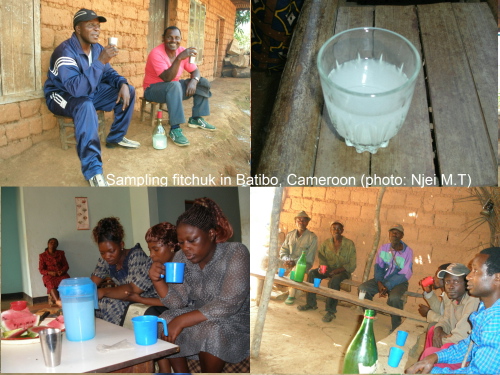
People here lead very simple lives. Household assets are minimal. Some have access to electricity and others do not. Majority of the people do have access to good drinking water-thanks mostly to the spirit of community development that is abundant in this part of Cameroon. The literacy rate here is certainly higher than the national average that stands at 87%. Polygamy that was common in the past is fast disappearing. The people may be poor but they are apparently happier than the so-called affluent people.
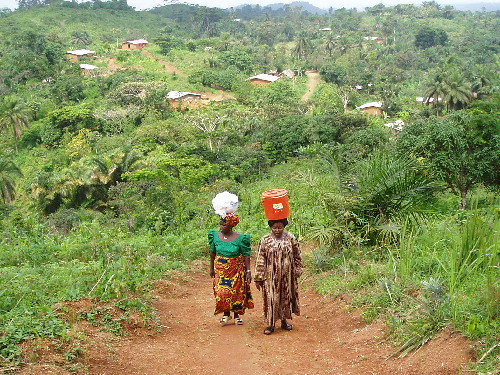
Tiben (photo:Njei M.T)
The Moghamo people tend to be very sociable and they profit from their strong social bonds to overcome many challenges by organizing themselves in groups to tackle problems that would otherwise be insurmountable to a single individual.
When there is birth, marriage or death in the family, everybody joins in celebrating or sympathizing. The psychological support given to people that have lost loved ones is instrumental in helping them overcome grief. There is a permanent presence of people for weeks around those that are mourning (to comfort them). Doctors working here will attest that they do not receive patients suffering from depression.
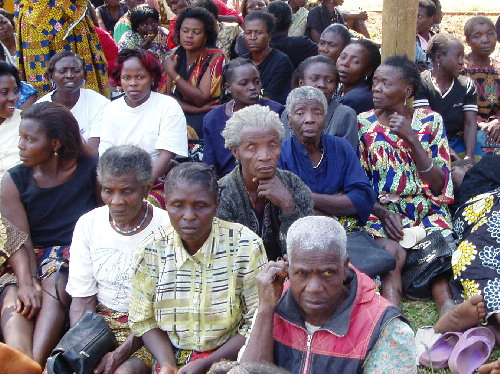
Women Mourning
The traditional music of this area is varied. There is ‘chibi’ that has fast steps. Others like ‘tiwara’ and ‘traditional choral music’ are intermediate while ‘nere’ has slow majestic steps. (See video of ‘Nere’ at this link http://www.youtube.com/watch?v=e_cHHVvy3z8)
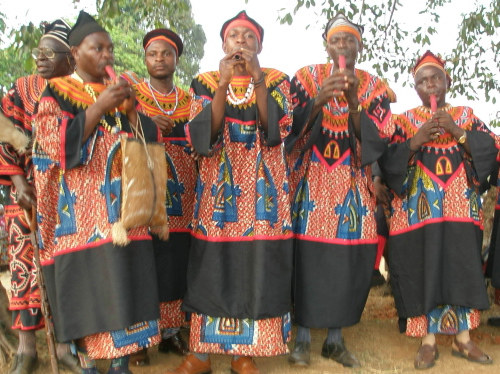
Traditional musical instruments like the wooden ‘anu’ and drums have special effects on the music. The drum (made from animal skin and wood) seems to be the driver’s seat of Moghamo music. The throbbing sound of a good drum vibrates its way straight into your heart. You need to feel it to know it.
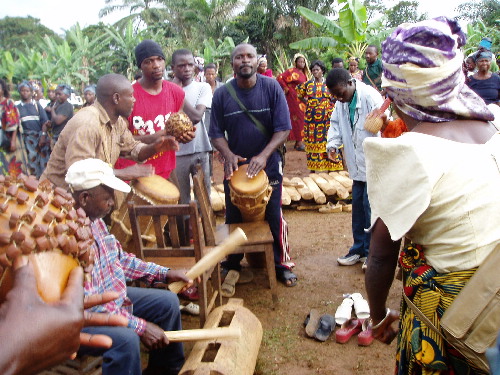
The dressing habits here are mixed. Western style clothes are acceptable alongside the variety of local (mostly colorful) outfits.
The walls of most of the houses here are erected with dried cubical blocks of mud paste.
Most houses have pit toilets located behind them while a few have water cistern toilets.
Nature lovers will enjoy visiting this part of Cameroon. It is one of the few areas in the country that at one moment you can enjoy the beauty of scenic hills of the Savannah and the next moment you can penetrate and get missing into the typical equatorial rain forest.
Batibo’s Secrets
If you want the experience of standing behind a waterfall and actually touching the falling water, visit the Wumunga cave in Guzang (see image http://www.njeitimah-outlook.com/albums/album_image/2075996/754788.htm)
The Mbumben Nah cave in Ashong is also another breathtaking rock cave with awe-inspiring neighborhood. Cross the River Momo at Mbengok and envy people in Numben and Mbengok living in harmony with nature. Enquire about the mystery of ‘Ashop’ deity in Numben (See story at this link http://www.njeitimah-outlook.com/articles/article/2076041/29031.htm)
and ‘Foteng’ in Ashong. (read story http://www.njeitimah-outlook.com/articles/article/2076041/50387.htm)
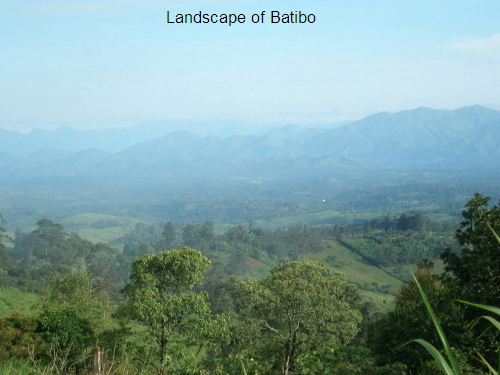
You will be surprised to know that at Enyoh, there is somebody called ‘Tegum’ that is said to communicate with the dead. People from different parts of Cameroon come to Batibo to find out the cause of death of their loved ones.
When visiting Batibo, make sure you taste ‘fitchuk’ and find out how it is tapped. It may be the one thing that will spur you to pay another visit to this area.
Read related story:Ten Days in Batibo at this link
http://www.njeitimah-outlook.com/articles/article/2076041/67157.htm
Njei Moses Timah
|